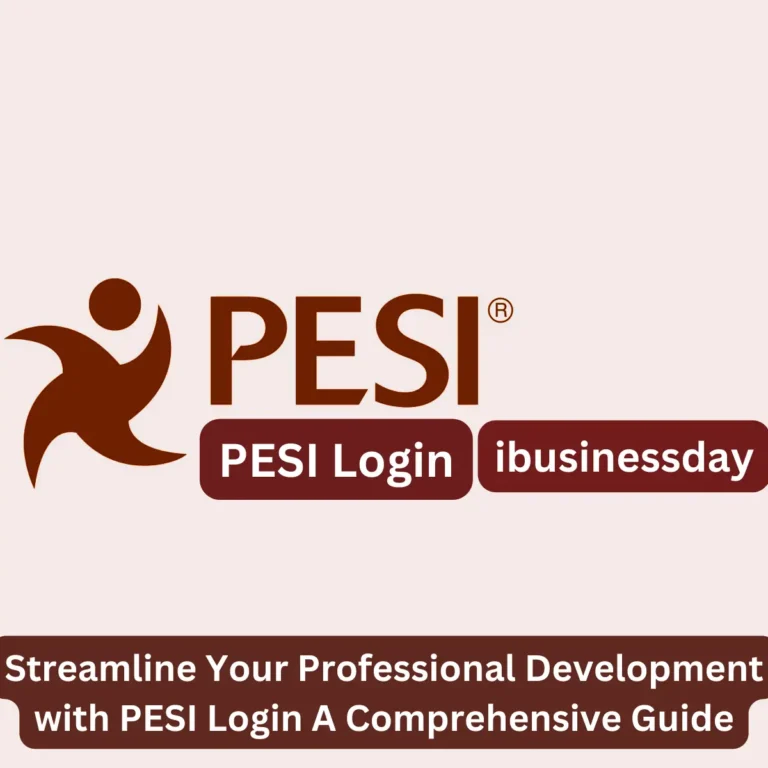How to Secure Sensitive Data During an Office Move Best Practices for Data Protection
Relocating an office is a complex undertaking, particularly when it comes to managing the security of sensitive data. Visit a professional company to move physical locations that can manage the risk of data breaches and unauthorized access to sensitive information. It is imperative that businesses adopt a strategic approach to protect this data during the transition. This involves a combination of meticulous planning, robust security protocols, and a clear understanding of the data’s sensitivity.
The first step in securing data during an office move is to conduct a comprehensive inventory of all sensitive data held by the company. This includes both digital data and physical records which may contain confidential information like employee details, customer databases, financial records, and proprietary company data. After cataloging the data, companies can then go on to assess the potential risks and vulnerabilities associated with moving such information.
Utilizing professional moving services that specialize in secure data transportation can greatly mitigate risks. These teams are not only adept in moving physical assets but are also trained in handling sensitive data, ensuring that digital and physical records are protected at every stage of the move. Additionally, they offer guidance on security best practices and are fully insured against potential mishaps, providing companies with peace of mind throughout the process.
Pre-Move Planning and Risk Assessment
The success of securing sensitive data during an office move hinges on meticulous pre-move planning and a thorough risk assessment. These initial steps ensure that potential risks are identified and mitigated, setting a solid foundation for the protection of sensitive information throughout the moving process.
Conducting a Security Risk Assessment
A methodical security risk assessment is crucial. This involves:
- Evaluating Current Security Protocols: One must assess the effectiveness of current measures in safeguarding data.
- Identifying Vulnerabilities: Pinpointing weak points in the security setup that could be exploited during the move.
- Data Inventory: Creating a detailed inventory of all sensitive data ensures nothing is overlooked.
- Legal Obligation: Considering legal requirements for data protection to comply with regulations.
Developing a Detailed Moving Plan
Crafting a detailed moving plan requires:
- Timeline Creation: Establish a comprehensive timeline which lays out key milestones leading up to and during the move.
- Sensitive Data and Equipment List: Clearly label and list all items that contain sensitive data to track and prioritize their security.
- Employee Roles and Responsibilities: Assign specific roles to staff members to oversee the secure packing and transportation of sensitive data.
- Security Protocols Update: Update security protocols if necessary, ensuring they are robust enough to handle the complexity of moving.
Securing Sensitive Data and Equipment
When orchestrating an office move, securing sensitive data and equipment is paramount. Attention to detail in inventory protocols and packing practices ensures the physical safety of these assets and the integrity of confidential information.
Inventory and Labeling of Sensitive Items
Creating a thorough inventory that itemizes sensitive equipment, such as computers and servers, alongside locations of sensitive data on hard drives or physical files, is essential. Label everything clearly and confidentially to maintain data protection while allowing authorized personnel to identify and manage these assets. Utilizing a system of barcodes or RFID tags can streamline the process and add an additional layer of security.
- Inventory List
- Computers
- Servers
- Hard Drives
- Confidential Documents
- Labeling System
- Barcodes
- RFID tags
- Non-descriptive codes
Packaging and Secure Packing Practices
Secure packing is critical to protect sensitive items during the move. Use professional packing services to ensure that materials, like anti-static bubble wrap and security-sealed crates, are properly utilized. Every box and container should be sealed and, if possible, locked to deter unauthorized access.
- Packing Materials
- Anti-static bubble wrap
- Security-sealed crates
- Packing Techniques
- Cushion delicate electronics
- Seal and lock containers
Handling and Transporting Electronic Devices
When relocating electronic devices that contain sensitive data, employ secure transport services that specialize in data protection and physical security. Such services often include GPS tracking to monitor the whereabouts of the equipment throughout transit. Only authorized personnel should handle these devices and a pre-planned route should be established to minimize risks during transportation.
- Transport Features
- Secure transport services
- GPS tracking
- Pre-planned secure routes
- Personnel
- Trained and authorized individuals only
Data Security Measures During Transit
During an office move, ensuring the secure transit of sensitive data requires careful planning and implementation of robust chain of custody procedures, coordination with a trustworthy moving company, and strategic in-transit data protection measures.
Chain of Custody Procedures
A meticulous chain of custody is fundamental to safeguarding data during transit. It starts with a detailed chain of custody log that records every interaction with the data, from packaging to delivery. This log should include time stamps, names of authorized individuals, and descriptions of the data handled. Each item must be tagged and inventoried to enable real-time tracking throughout the move, ensuring only approved personnel have access.
- Inventory List:
- Description of Item
- Handling Individual
- Timestamp
- Current Location
Security Measures with Moving Company
When engaging a moving company, verify that they specialize in secure transport of sensitive materials. The company should conduct thorough background checks on their staff and provide evidence of adequate insurance coverage for data breaches or other liabilities. An agreement should be in place, detailing the security measures the moving company is obligated to follow, which can include sealed and locked containers and surveillance during transit.
- Security Checklist:
- Background checks completed
- Data breach insurance
- Security protocol agreement
In-Transit Data Protection Strategies
For digital data, encryption is a non-negotiable strategy. Before the move begins, all digital files should be encrypted to prevent unauthorized access, even if intercepted. Consider data encryption methods such as TLS for data being transferred over networks or use of secure VPNs for remote access. Additionally, physical records should be transported in tamper-evident containers and accompanied by security personnel to deter potential compromise.
- Encryption & Protection Methods:
- Use of TLS
- Deployment of secure VPNs
- Tamper-evident containers for physical records
- Escort by security personnel
Post-Move Security and Verification
After moving offices, it’s crucial to ensure that sensitive data remains uncompromised. Post-move processes should confirm the integrity and confidentiality of data, as well as the effectiveness of security measures.
Secure Disposal of Sensitive Materials
Shredding and destruction are necessary for the secure disposal of any sensitive materials that are no longer needed. Companies should employ cross-cut shredders or engage a professional service that provides a certificate of destruction. This verifies that the materials have been destroyed in compliance with data protection standards.
Data Verification and Back-to-Business Testing
The post-move phase necessitates data verification to ensure all data is both accessible and unchanged. This process includes testing of the backup system and running audits on data for potential vulnerabilities. It’s critical to perform timely back-to-business testing to minimize the risk of security breaches, allowing for a swift return to operational status.
Reviewing and Updating Security MeasuresPost-move, it’s important to review current protocol to mitigate risks identified during the risk assessment stage. Updating data management practices with the latest security measures ensures resilience against emerging threats. Regular security audits and reviews should be established to adjust and strengthen security postures in line with new developments.







